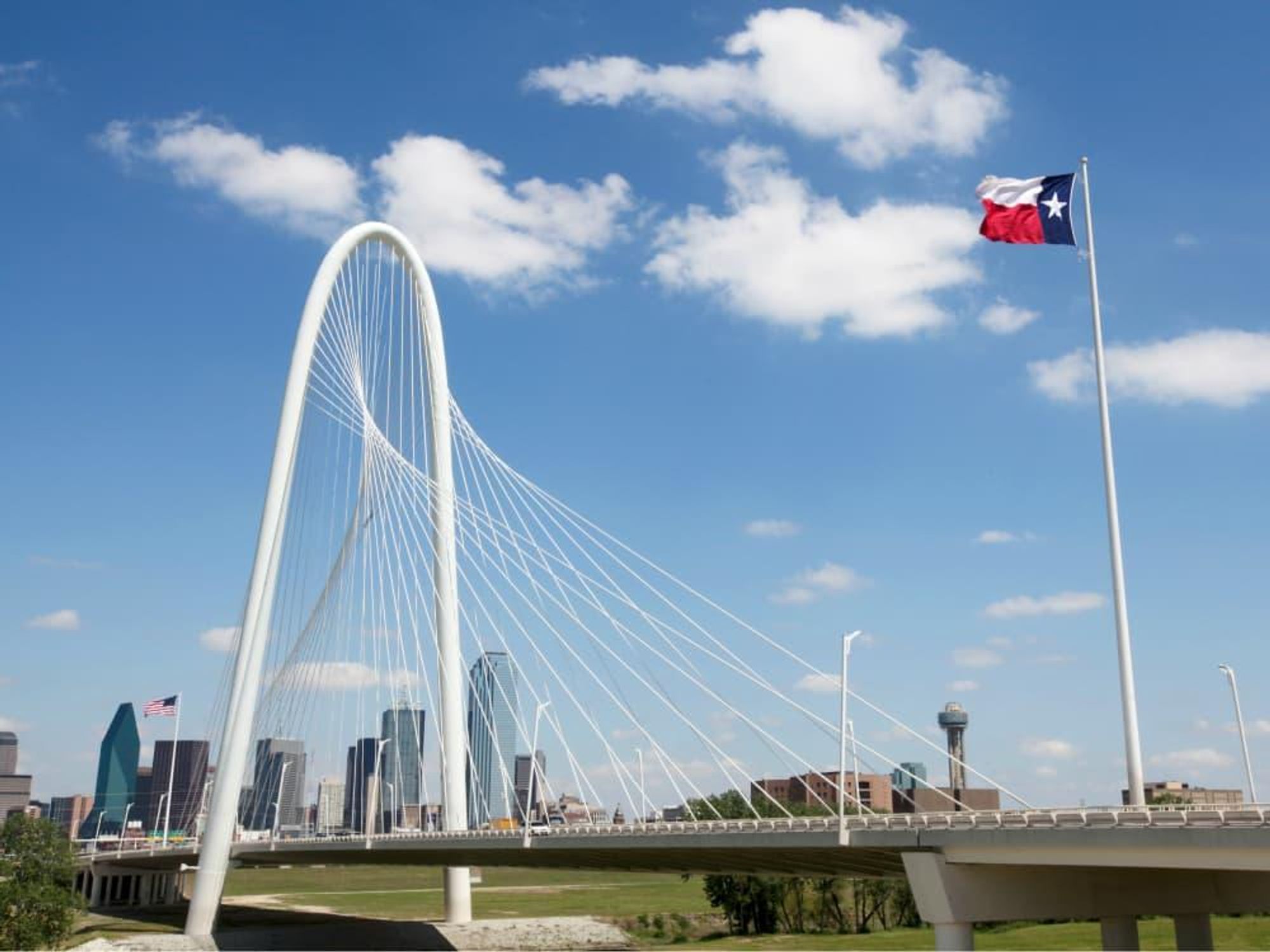North Texas Growth
Dallas-Fort Worth cities hit new population milestones, census figures show

New figures from the U.S. Census Bureau underscore just how much bigger the Dallas-Fort Worth metro area is getting.
Dallas alone added the third greatest number of residents among large U.S. cities from 2016 to 2017. From July 1, 2016, to July 1, 2017, Dallas' population swelled by 18,935 residents, landing at a population of 1,341,075, according to Census Bureau data released May 24.
Fort Worth was in fourth place with 18,664 new residents. Earning new bragging rights, it bypassed Indianapolis to become the 15th largest city in the U.S; as of last July, Fort Worth’s population was 874,168.
Andra Bennett House, vice president of communications for the Fort Worth Chamber of Commerce, says the city is on track to surpass the 1 million population mark between 2020 and 2023.
“People are moving to Fort Worth because of the strong job environment, to start businesses, and to enjoy unique cultural amenities,” House says. “Ultimately, our goal is that when you think of the largest cities in the U.S., Fort Worth is top of mind.”
No. 9 on the list of fastest-growing cities was the DFW suburb of Frisco, adding 13,470 residents from 2016 to 2017. But Frisco earned another honor, too.
Examined on a percentage basis, seven Texas cities with at least 50,000 residents were among the 15 fastest-growing U.S. cities from 2016 to 2017. Frisco came in at No. 1 in that ranking, notching an 8.2 percent increase in population from 2016 to 2017. As of last July, Frisco was home to 177,286 people.
Tony Felker, president of the Frisco Chamber of Commerce, says the city has enjoyed rapid population growth thanks to several factors, such as a highly rated school district, a robust quality of life, and a long-term vision for a sustainable community.
“This combination of factors is creating consistent growth which, in turn, helps attract and/or grow new businesses,” he says. “However, while the growth is notable, the primary emphasis of all involved remains on making this a quality, sustainable community which will remain an area of growth for many years.”
Two other DFW cities in the top 15 for percentage growth were:
- McKinney, ranked ninth, with a 4.8 percent growth rate and a July 2017 population of 181,330.
- Flower Mound, ranked 11th, with a 4.3 percent growth rate and a July 2017 population of 76,681.
North Texas wasn't the only region to see big gains. San Antonio added the most new residents among large U.S. cities, and New Braunfels ranked among the fastest-growing cities on a percentage basis.
San Antonio’s population grew by 24,208, standing at 1,511,946 as of July 1, 2017. Put another way, that's an average of 66 new residents per day (people moving to the city and babies being born).
“That’s a growth rate of 1.6 percent. This growth was enough to push San Antonio’s population above the 1.5 million mark,” Census Bureau demographer Amel Toukabri says in a release.
Austin took the No. 12 spot with the addition of 12,515 residents and elevating the total population to 950,715 as of last July.
Percentage-wise, at No. 2, right behind Frisco, was the San Antonio suburb of New Braunfels, with a growth rate of 8 percent. As of last July, its population stood at 79,152. City planning director Chris Looney predicts the population of New Braunfels will reach 91,974 in 2022.
